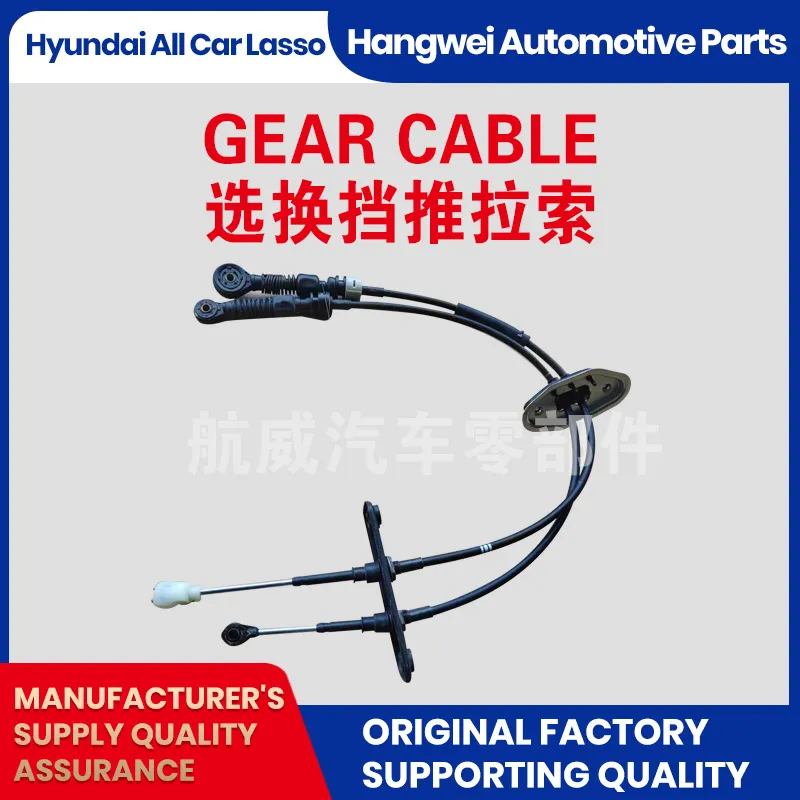Hydraulic Line for Clutch System Optimization and Performance Improvement
Understanding Clutch Hydraulic Pipes Function and Importance
The clutch system is a pivotal component in automotive engineering, playing a crucial role in the seamless operation of manual transmissions. Within this system, hydraulic pipes are vital for ensuring efficient engagement and disengagement of the clutch. This article delves into the function, construction, and significance of clutch hydraulic pipes in modern vehicles.
Function of Clutch Hydraulic Pipes
Clutch hydraulic pipes are responsible for transferring hydraulic fluid from the clutch master cylinder to the slave cylinder. When the driver depresses the clutch pedal, the hydraulic fluid is pushed from the master cylinder through these pipes, creating pressure in the slave cylinder. This pressure then disengages the clutch plate from the flywheel, allowing the driver to shift gears smoothly. Once the pedal is released, the pressure decreases, and the clutch engages again, allowing the engine and transmission to connect seamlessly.
Construction and Materials
Typically, clutch hydraulic pipes are constructed from high-quality materials that can withstand high pressure and temperature. Commonly used materials include reinforced rubber, stainless steel, and braided nylon. The choice of material is critical for ensuring durability and preventing leaks. Rubber pipes are often favored for their flexibility and ease of installation, while stainless steel pipes provide enhanced resistance to corrosion and wear.
The design of these pipes can vary, with some systems utilizing a single pipe while others may incorporate multiple pipes and connectors. Proper sealing and connection are essential to maintaining system integrity, as even a small leak can lead to significant drops in hydraulic pressure, resulting in clutch failure.
clutch hydraulic pipe

Importance of Maintenance
Maintaining clutch hydraulic pipes is crucial for vehicle performance and safety. Over time, hydraulic fluid can become contaminated or degrade, leading to potential issues within the system. Regular inspections can help identify wear and tear, leaks, or corrosion before they become critical problems.
Drivers should also be aware of the signs of failing hydraulic pipes. Unusual noises when pressing the clutch pedal, difficulty in shifting gears, or a spongy feel to the pedal can indicate a problem with the clutch hydraulic system. In such cases, it is advisable to consult a qualified mechanic to perform a thorough diagnosis and necessary repairs.
Advantages of Hydraulic Systems
The hydraulic clutch system, including its pipes, offers several advantages over traditional mechanical systems. It provides a higher level of precision in gear shifts, improves driver comfort, and reduces physical effort needed to engage and disengage the clutch. This efficiency makes hydraulic systems particularly popular in modern vehicles, where performance and user experience are paramount.
Conclusion
Clutch hydraulic pipes may seem like a small component in the grand scheme of automotive design, but their role is undeniably significant. They ensure the smooth operation of the clutch system, which is essential for the safe and enjoyable driving experience. Understanding their function and maintaining their integrity can help drivers avoid costly repairs and improve the longevity of their vehicles. As cars continue to evolve, the importance of efficient hydraulic systems will likely grow, making awareness of components like clutch hydraulic pipes ever more crucial.
-
Upgrade Your Vehicle with High-Quality Handbrake CablesNewsNov.01,2024
-
Optimize Your Bike's Performance with Quality CablesNewsNov.01,2024
-
Enhance Your Vehicle's Performance with Quality Clutch ComponentsNewsNov.01,2024
-
Elevate Your Vehicle's Performance with Quality Throttle CablesNewsNov.01,2024
-
Elevate Your Vehicle's Performance with Quality CablesNewsNov.01,2024
-
Affordable Solutions for Your Cable NeedsNewsNov.01,2024
